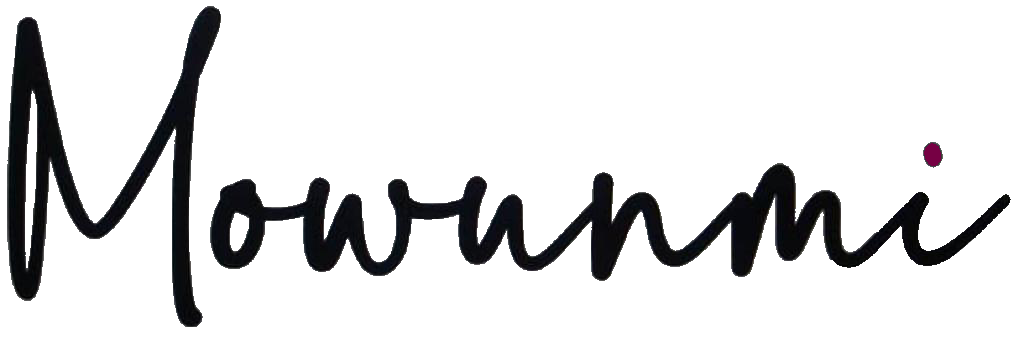“The best executives are always looking 5 moves ahead”
There are few things as nightmare-inducing for a business as unforeseen events. Those events take a business’s best-laid, strategically designed plans and upturn them before the businesses recover from the surprise and regain their composure.
How many pastry businesses at the beginning of 2022 could have foreseen the Russia-Ukraine crisis and estimated the impact on the price of their key raw material, wheat? Or even further back: what impact the 2020 pandemic had on travel and hospitality businesses?
No one needs to tell us we are living in volatile, uncertain, and complex times. And the only way to get ahead of volatility is to build early sensing systems that detect business-impacting waves while they are still a ripple and roll out the planned defense to protect the business. As a business owner, the closest you can get to a crystal ball (apologies to fortune-tellers) is a sensing system.
But how can businesses even know what events have the potential to disrupt their activities and threaten their existence? How would the owner of a small bed-and-breakfast or motel have been able to connect the dots between a fast-spreading viral infection in a hitherto unknown city somewhere in the world, to their business’s ability to operate in 2020?
This is where strategic thinking comes into play.
Strategic thinking is about planning, and thinking 5 moves ahead. It is about identifying what events—unrelated as they may appear—would change the business’s ability to deliver on its long-term and short-term objectives. One of the ways businesses embed strategic thinking in their business activities is through the implementation of an Event Sensing, Impact Detection, and Response Management System.
This terminology is unusual, and this was a deliberate decision on my part. I elected not to use the industry-recognized term for this system to avoid inheriting the baggage associated with the common term. The baggage? Familiarity. Practically every medium-scale business with 50 employees and above has a department and/or business process dedicated to Event Sensing, Impact Detection, and Response Management, but most businesses tend to take this for granted and do not maximize this system to derive insights that will keep them 5 moves ahead.
Event Sensing, Impact Detection, and Response Management is a business process comprised of three parts:
Event Sensing: employs an elaborate set of approaches—ad hoc or planned, informal or formal—to gain and store information about upcoming events that may or may not have an impact on business operations. This information may be gained through informal conversations, mainstream news, market surveys, field studies, and business performance data.
There are different ways to categorize the relevance of these events to the business: the 3C model, the Demand-Supply-Enabler model, and the PESTLE model, to mention a few.
Impact Detection: assesses the likelihood and significance of each event to understand what the impact will be on business operations if the event occurs.
The robustness of the assessment methodology is critical to the success of this process. Event assessment must consider both quantitative and qualitative criteria, and review each event in relation to other relevant data. A solid analytics tool usually comes in handy here. Also crucial to the success of this activity is the hard task of challenging one’s own biases.
Response Management: This is the decision-making that needs to be executed at the executive level. Because no business wants to launch an expensive mitigation plan for a risk that has not yet materialized (and may not materialize), and no business wants to have to launch mitigation plans in the middle of a crisis, there must be precision in the execution of a response management plan. It must not be too early or too late. Businesses must create a multi-disciplinary team of subject matter experts and agree on the trigger events that would signal to the business that it is time to execute the mitigation plan.






No Comment! Be the first one.